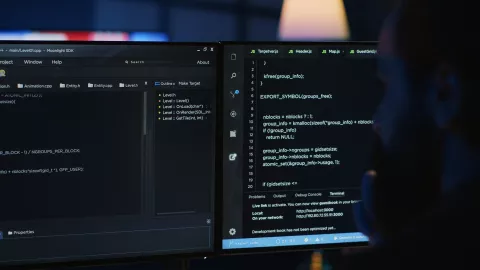How to Create Job Descriptions That Attract the Right Talent

Attracting the right candidates starts long before the interview stage — it begins with the job description. A well-crafted job description does more than list tasks and requirements. It communicates your company’s culture, sets clear expectations, and excites candidates about the opportunity.
Here’s how to create job descriptions that not only inform but also attract the right talent.
1. Start with a Clear, Engaging Job Title
The job title is the first thing candidates see. Avoid jargon or overly creative titles that confuse applicants (like “marketing ninja” or “data wizard”). Instead, use clear and widely recognized titles that reflect the role accurately while still being appealing.
2. Write a Compelling Introduction
Open with a short paragraph about your company, its mission, and why this role matters. Candidates want to know how their work will contribute to something bigger, not just what tasks they’ll be doing.
Example:
“At [Company Name], we’re on a mission to simplify sustainable living. As our next Product Designer, you’ll help shape digital solutions that make eco-friendly choices accessible to everyone.”
3. Be Transparent About Responsibilities
Outline the key tasks and responsibilities in bullet points. Keep the list focused on what truly matters — five to seven points are enough. This ensures clarity without overwhelming the candidate.
4. Highlight Must-Have Skills vs. Nice-to-Haves
Too many requirements can scare off qualified candidates, especially women and underrepresented groups who often won’t apply unless they meet every criterion. Separate essential skills (must-haves) from preferred skills (nice-to-haves) to broaden your talent pool.
5. Showcase Growth and Development Opportunities
Top talent looks for more than a paycheck — they want career growth. Mention opportunities for learning, mentorship, promotions, or involvement in innovative projects. This signals that your company invests in its people.
6. Share Your Company Culture and Values
Include a section about what makes your workplace unique. Is it collaboration, flexibility, innovation, or social impact? Culture fit is just as important as skills when attracting long-term employees.
7. Provide Practical Details
Be upfront about:
- Work location (remote, hybrid, or on-site)
- Compensation range (if possible)
- Benefits (healthcare, PTO, flexible hours, wellness programs)
Transparency builds trust and saves time for both you and the candidate.
8. Use Inclusive Language
Avoid gendered terms, age-related phrases, or jargon that might exclude candidates. Instead of “young and energetic,” try “motivated and collaborative.” Inclusive language ensures you attract a diverse talent pool.
9. End with a Strong Call to Action
Guide candidates on what to do next: apply, submit a portfolio, or reach out for questions. A clear and encouraging CTA can increase application rates.
Final Thoughts
A job description isn’t just an internal HR document — it’s a marketing tool for your company. By focusing on clarity, transparency, and culture, you can create job descriptions that don’t just fill positions, but attract the right talent who will thrive and grow with your organization.
- Log in to post comments


